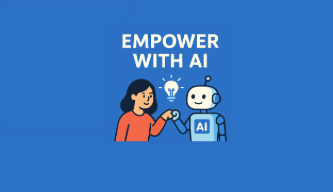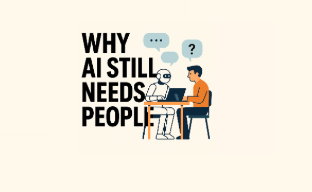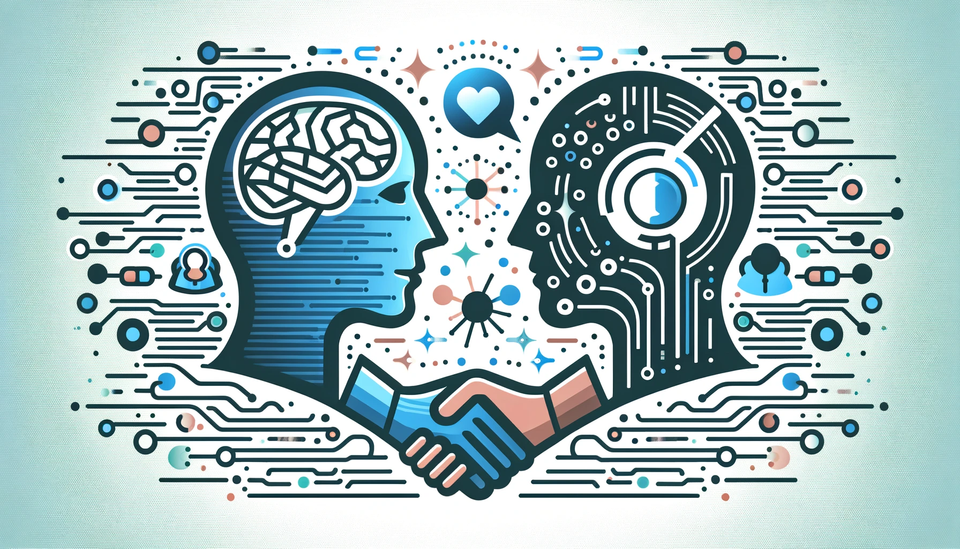Enhancing AI Workflows with CAPE: A Path to Context-Aware AI Agents
"Asking the right questions is half the answer." – Aristotle
Honest Take
AI agents are becoming more adept at solving complex problems, but one persistent challenge remains: maintaining and enhancing context throughout multi-turn, multi-agent workflows. My research introduces Context-Aware Prompt Enhancement (CAPE), a framework designed to address this very issue, by incorporating dynamic human-in-the-loop feedback to refine context and improve the output of AI agents.
At its core, CAPE seeks to enhance the effectiveness of large language models (LLMs) in multi-agent systems by leveraging human interactions to fill context gaps. Rather than relying solely on AI to generate content or make decisions, CAPE allows AI systems to learn from ongoing human feedback, continuously adapting and improving.
While the framework shows promising potential, there are still some key challenges that I believe are important to address moving forward:
- Scaling the integration of human feedback.
- Ensuring long-term sustainability and ethical considerations.
- Making the system accessible for a broader audience.
1. Scaling Human Feedback Integration
One of CAPE's primary strengths is its ability to incorporate human feedback into AI workflows, which enhances the accuracy and context richness of results. However, scaling this integration can be difficult, particularly as workflows become more complex. The challenge is ensuring that AI systems are able to continuously learn from a diverse set of interactions and apply these insights in real-time, without overwhelming the user.
- For CAPE to be widely adopted, it’s crucial to streamline this feedback loop and ensure that it’s not too cumbersome for users to participate in.
- In its current form, the system requires multiple rounds of interaction between the AI and the user to clarify context. This can slow down decision-making processes and make the system feel less efficient than purely automated tools.
2. Ethical and Judgment Concerns
As with any AI system, CAPE must be implemented with careful consideration of its ethical implications. While AI can dramatically speed up decision-making, it must not replace human judgment entirely. The balance between AI assistance and human decision-making is critical.
- I believe that, for many applications, AI systems like CAPE should augment human decision-making rather than replace it entirely. The potential risks of relying too heavily on AI without adequate human oversight—such as missing important nuances or failing to address ethical concerns—cannot be ignored.
- For example, CAPE uses human-in-the-loop interactions to fill context gaps, but how do we ensure that the system doesn't perpetuate biases or inadvertently introduce errors into the workflow?
3. Accessibility for a Broader Audience
While CAPE has the potential to be a powerful tool for AI practitioners and developers, making it accessible to a wider audience—especially non-technical users—remains a significant challenge.
- Simplifying the onboarding process and making it easier for users with varying levels of expertise to understand and interact with the system will be key to its long-term success.
- If we want to ensure CAPE is widely adopted, it’s essential to create an intuitive, user-friendly interface that guides users through the process of providing feedback and using AI-generated insights in a way that is both effective and efficient.
Recommendations
In my view, CAPE’s future hinges on both simplifying user engagement and ensuring that its outputs are consistently aligned with sound human judgment. Below are my recommendations for refining the system:
1. Simplifying Onboarding and User Interaction
- Streamline the Feedback Process: Consider ways to simplify the way users provide feedback to the system. One potential solution is to reduce the number of prompts or rounds of interaction needed to fill context gaps. Fewer steps could help users maintain a sense of control over the process.
- Clarify What’s Required vs. Optional: Onboarding should clearly indicate which steps are essential and which are optional. For instance, the system could highlight required context fields and provide users with a progress bar that shows their contribution to enhancing the AI’s understanding.
- Gamification of User Engagement: Introduce incentives for users to contribute context, such as gamifying the feedback process. For example, users could receive a “clarity score” for each interaction, motivating them to engage further.
2. Enhance Ethical Guidance and Human Judgment
Right now, CAPE provides AI-generated suggestions based on user feedback, but there is a need to integrate more human judgment in how the AI’s recommendations are applied. Here’s how I see the way forward:
Path 1: Lean Into Human Judgment
- Amplify human involvement by encouraging users to review and refine AI-generated outputs. Instead of relying on the AI to make final decisions, empower users with tools to fine-tune and adjust results based on their own expertise.
Path 2: Lean into Education
- Create a learning environment where users can engage with CAPE’s recommendations and understand the reasoning behind each suggestion. This could take the form of a guided course integrated into the system, allowing users to learn while they interact with the tool.
Path 3: Lean Into Data + Statistical Feedback
- Focus on leveraging data and statistics to guide users. By integrating the system with existing data sources, CAPE could generate actionable insights based on historical data. For example, tracking the success of past AI interventions could provide users with meaningful recommendations for future workflows.
Final Thoughts
CAPE is a powerful tool that can significantly improve AI workflows, especially in multi-agent systems where context is vital. Its ability to dynamically fill context gaps with human feedback is a game-changer for AI development, but there’s still work to be done in refining the user experience and ensuring that human judgment remains an integral part of the process.
I’m excited to present this work to AI communities at upcoming conferences like \textbf{NeurIPS 2025}, \textbf{IJCAI 2025}, and \textbf{EMNLP 2025}, and I look forward to continuing to refine CAPE with feedback from both users and researchers.
Feel free to reach out with any thoughts or suggestions on how this framework can evolve!


